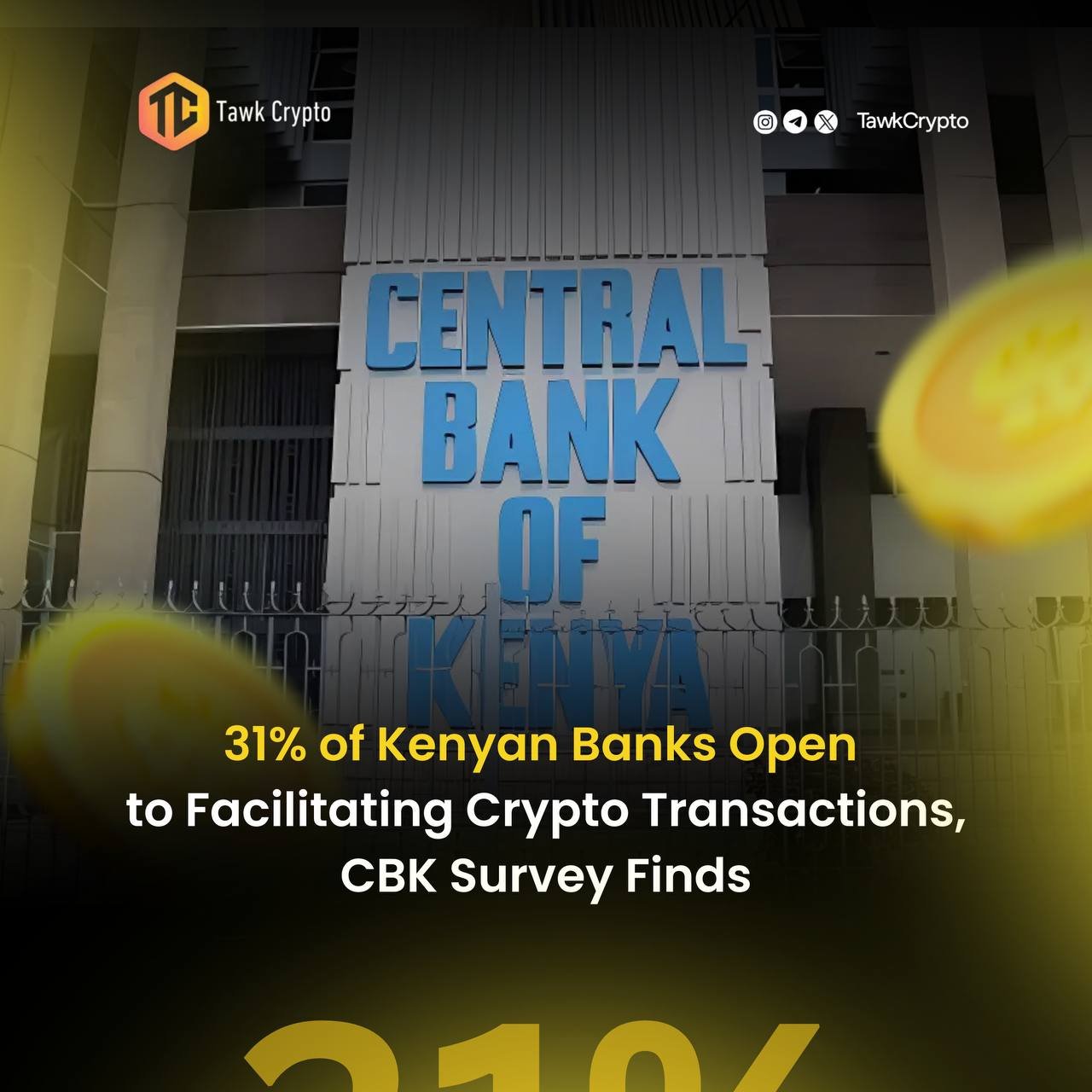

Kenyans Defy Central Bank Warnings to Trade Cryptocurrencies: IMF Report Highlights Crypto Trends in Kenya
Despite repeated warnings from the Central Bank of Kenya (CBK), Kenyans are increasingly embracing cryptocurrencies, according to a report by the International Monetary Fund (IMF)’s Technical Working Group. The study, conducted in collaboration with Kenya’s Financial Reporting Centre, sheds light on the thriving crypto ecosystem in Kenya and the profiles of its participants.
Who Are Kenya’s Crypto Traders?
The report reveals that the majority of Kenyan cryptocurrency traders are under the age of 40, reflecting a youthful and tech-savvy demographic. Most of these users prefer to invest in leading cryptocurrencies such as Bitcoin (BTC), Ethereum (ETH), and Tether (USDT). Investments are often modest, with the average trading amount rarely exceeding $635, and are primarily funded through personal income or savings.
Why Are Cryptocurrencies Popular in Kenya?
Cryptocurrencies have become an essential tool for Kenyans seeking to safeguard their wealth in the face of economic uncertainties. The Kenyan shilling has experienced significant depreciation in recent years, prompting citizens to turn to crypto as a hedge against inflation and currency volatility. In addition to serving as a store of value, cryptocurrencies are gaining traction in emerging sectors such as NFTs and the metaverse, further highlighting their growing appeal.
How Are Kenyans Accessing Cryptocurrencies?
Despite regulatory opposition, including the CBK’s repeated warnings about the risks associated with digital assets, Kenyans have found innovative ways to access cryptocurrencies. Popular methods include peer-to-peer (P2P) platforms, e-wallets, brokers, and card schemes that facilitate fiat-to-crypto conversions. These methods enable users to bypass traditional financial restrictions and participate in the global crypto economy.
The Regulatory Landscape
Kenya has long been recognized as a leader in financial innovation, driven by the success of mobile money platforms like M-Pesa. To maintain this status, the Kenyan government plans to regulate cryptocurrencies. This move follows an IMF visit in February 2024, during which Kenyan officials discussed strategies for managing the risks and opportunities presented by digital assets. Regulatory measures aim to strike a balance between fostering innovation and ensuring consumer protection and financial stability.
What Does This Mean for Kenya’s Financial Future?
Kenya’s evolving crypto landscape underscores the country’s potential to become a regional leader in blockchain and cryptocurrency adoption. By regulating the sector, Kenya can attract investment, encourage innovation, and provide its citizens with safer access to digital assets. However, achieving this will require careful navigation of the challenges posed by volatility, illicit activity, and cybersecurity risks.
Conclusion
The IMF’s findings highlight a growing appetite for cryptocurrencies in Kenya, driven by economic challenges and the search for financial resilience. As the government moves toward regulation, Kenya has an opportunity to solidify its position as a hub for crypto and blockchain innovation in Africa. Whether through P2P trading, NFTs, or metaverse applications, the future of Kenya’s financial landscape appears increasingly intertwined with the world of digital assets.







